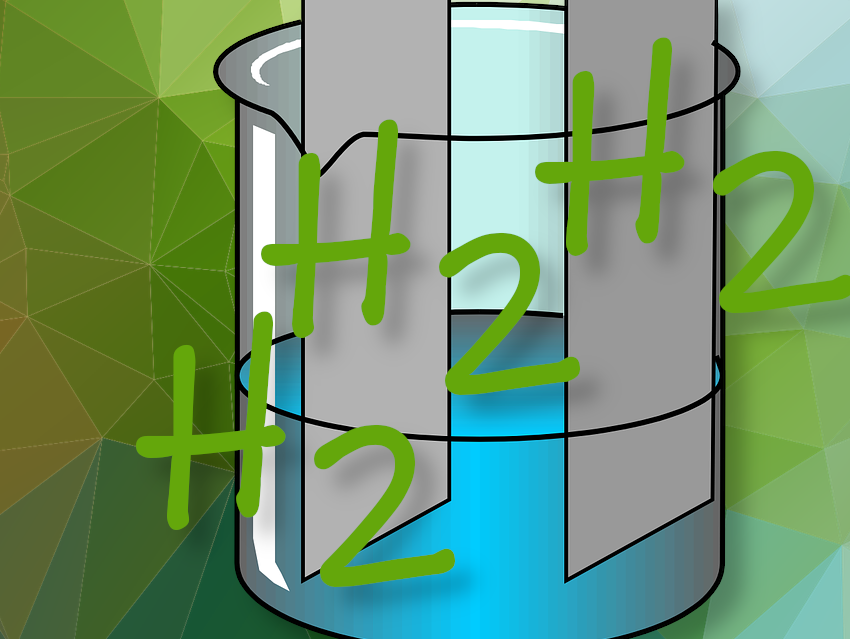Linde has signed a long-term agreement with Evonik to supply green hydrogen. Under the agreement, Linde will construct, own, and operate a 9 MW (megawatt) alkaline electrolyzer plant on Jurong Island, Singapore. The plant will produce green hydrogen, which Evonik will use to manufacture methionine, a vital component in animal feed. This supply agreement will aid in the expansion of Evonik’s existing facility and help limit greenhouse gas emissions in Singapore.
Apart from supplying Evonik, Linde will also cater to the growing demand for green hydrogen in the local merchant market using the Jurong Island electrolyzer plant. The plant is expected to come online in 2024 and will be the largest electrolyzer ever installed in Singapore.
A hydrogen electrolyzer is an electrochemical device that splits water into hydrogen and oxygen using electrical power. There are three types of electrolyzers: alkaline, polymer electrolyte membrane (PEM), and solid oxide. Alkaline electrolyzers use a liquid alkaline solution as the electrolyte and generate hydrogen at the cathode by transporting hydroxide ions from the cathode to the anode. Electrolyzers using a liquid alkaline solution of sodium or potassium hydroxide as the electrolyte have been commercially available for many years, and are a key technology for large-scale hydrogen production powered by renewable energy. By combining alkaline water electrolysis with hydrogen storage tanks and fuel cells, power grid stabilization can be achieved.
PEM electrolyzers, also called proton exchange membrane electrolyzer, use a semipermeable membrane that allows proton transport and blocks electron flow, while solid oxide electrolyzers use a solid ceramic material as the electrolyte, conducting negatively charged oxygen ions at high temperatures. The oxygen ions pass through the membrane and react at the anode to produce oxygen gas and electrons for the external circuit. Steam at the cathode combines with electrons from the external circuit to form hydrogen gas and the negatively charged oxygen ions.




